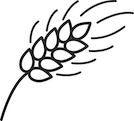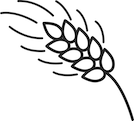Treatment for Stimulant Use Disorders- Best Practice Guidelines (11 credit hours)
Program Summary: This course explores recent research on stimulant use disorders along with best treatment practices. The course examines how cocaine, methamphetamine, and prescription stimulants affect neurobiology, the brain, and behavior. Common medical and psychological complications are discussed. The course describes the best supported treatment approaches; contingency management is highlighted as the primary psychosocial treatment for stimulant disorders. Strategies for supporting patients in treatment and recovery are given.
This course is recommended for social workers and counselors and is appropriate for beginning and intermediate levels of practice.
Course Reading: Treatment for Stimulant Use Disorders Chapters 1-5
Publisher: SAMHSA
Course Objectives: To enhance professional practice, values, skills and knowledge by exploring best treatment practices for stimulant use disorders.
Learning Objectives: Describe how stimulants affect the brain and behavior. Identify best treatment practices for stimulant use disorders. Describe strategies for supporting patients in treatment and recovery.
Review our pre-reading study guide.
This course includes 64 test questions. Your computer must be configured to accept cookies to save your answers if you log-out.
G.M. Rydberg-Cox, MSW, LSCSW is the Continuing Education Director at Free State Social Work and responsible for the development of this course. She received her Masters of Social Work in 1996 from the Jane Addams School of Social Work at the University of Illinois-Chicago and she has over 20 years of experience. She has lived and worked as a social worker in Chicago, Boston, and Kansas City. She has practiced for many years in the area of hospital/medical social work. The reading materials for this course were developed by another organization.





